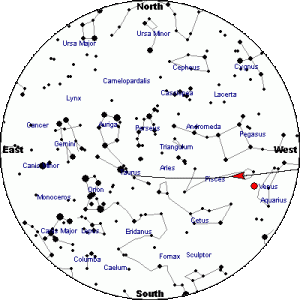
Small, battered Epimetheus before Saturn's A and F rings, and and smog-enshrouded Titan beyond. (NASA/JPL/SSI)
The Cassini mission to Saturn has entered the next phase and one that is a complete bonus. The probe has exceeded expectations and been so successful that a new mission was crafted for this prodigious robotic scientist.
Recently the extremely cool photo blog The Big Picture featured some stunning images from the new Cassini mission. The new science we have gathered about how saturn, the rings, and the moons are connected changes weekly. It is the kind of re-teaching I find particularly exciting.





